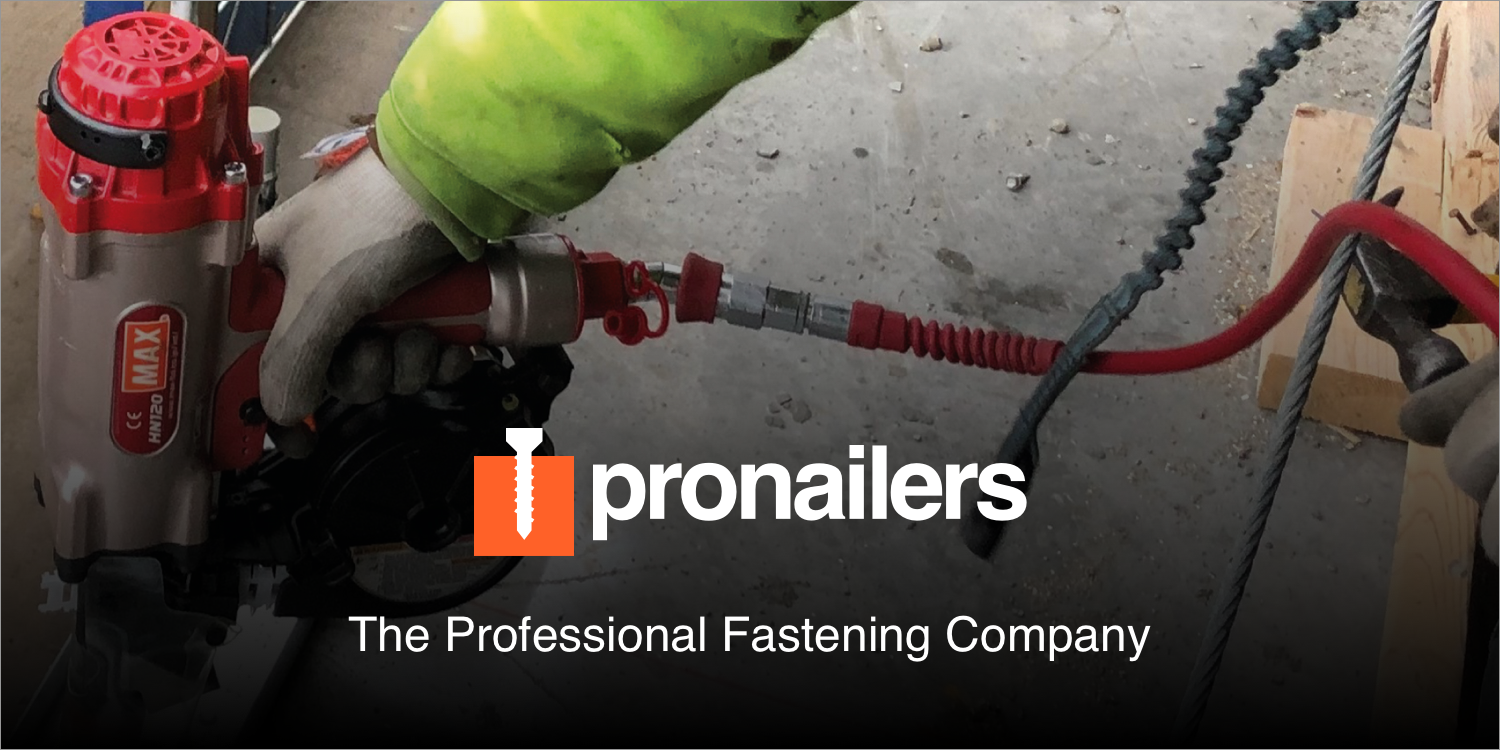Introduction:
When using a pneumatic nailer, pneumatic stapler, or any other air driven tool, a compressor is a must. They are produced in two main forms, as an electric compressor or a petrol compressor (gas compressor). Without one of these a pneumatic nail gun, pneumatic staple gun or any other air driven tool is useless. Compressors have a motor, which drives air into its storage tank; This means that when the trigger is pulled on pneumatic nailers, pneumatic staplers, or other air tools, air is driven from the storage tank to the tool, via an air hose, which then fires the fastening from the tool. When the compressor’s storage tank becomes depleted below a certain level, the motor attached to the compressor drives air back into the device, increasing the air pressure to the desired level once again.
- Electric Air Compressors – Requires a mains power outlet to run. Electric compressors are powered by an electric motor and are significantly quieter than petrol compressors. They are commonly used in homes, buildings and workshops.
- Petrol Air Compressors – More powerful than their electric counterparts, although they are significantly louder, petrol (gas) compressors are powered by a petrol motor and can be used with heavier duty pneumatic tools. They do not require a mains outlet and therefore they can be used virtually anywhere.
Single Stage Compressors vs Two Stage Compressors:
- Single Stage Compressors – Featuring one motor, these compressors are smaller than two stage compressors, making them more portable and allowing them to be used in smaller areas. However, they also provide less power than two stage compressors and are therefore not designed for use with two tools at the same time. They should be used with lighter tools such as finish nailers, brad nailers, pinners and fine wire staplers, for finish and trim applications and general DIY applications.
- Two Stage Compressors – Designed for use in heavy duty applications, two stage compressors are larger in size than single stage compressors. They are produced with bigger storage tanks and two motors, which means they refill quicker. This allows two tools to be connected and used at the same time, as well as more powerful tools such as framing nailers, flooring nailers, roofing nailers and heavy wire staplers, for use in the construction and manufacturing industries. However, these compressors also come with downsides such as being heavier, making them less portable, being larger, meaning they require more space to be used and being noisier, meaning they create more disturbance.
CFM & PSI:
CFM (Cubic Feet per Minute) and PSI (Pounds per Square Inch) are two numerical figures that relate to the air supply and air pressure levels that a tool requires to operate. This helps a user determine what type of air compressor they should be operating, with their tool. The CFM relates to the amount of air flow a compressor can supply. This affects the type of tool and how many tools a compressor can operate at any one time. A compressor with a higher CFM rating than a chosen tool requires should be used, to allow for a margin of error. The PSI relates to the amount of air pressure being delivered by the compressor, which ultimately determines how fast and hard a tool fires a fastening. Both the CFM and PSI should be considered when deciding what compressor to operate with your tool. Failing to take these into account could lead to several unwanted consequences, such as damaging your tool, or compressor, or even injuring the user.

